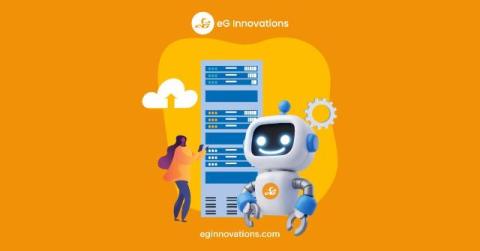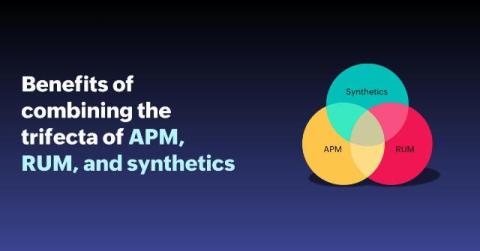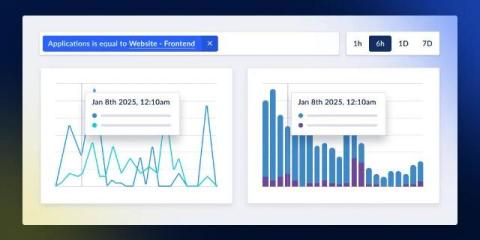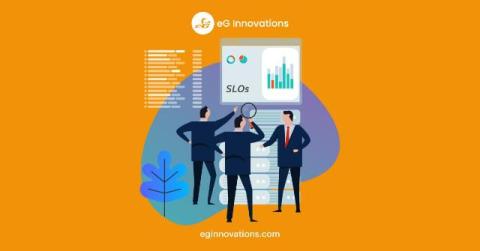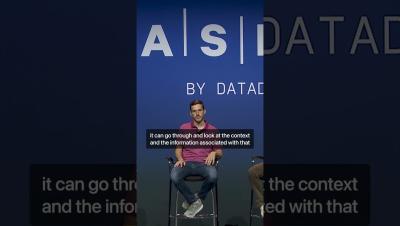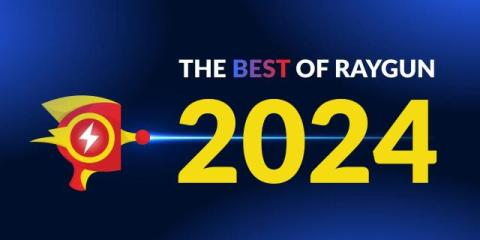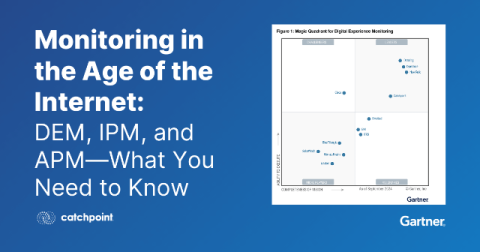eG Innovations' AIOps-Powered Approach for Optimizing Digital Workspaces and ITOM
eG Innovations brings a unique AIOps-powered approach to IT Service Management (ITSM) and IT Operations Management (ITOM) cycles for managing digital workspaces. The eG Enterprise platform is equipped with capabilities for automated corrective actions, event-based triggers, and remote-control functionalities.


